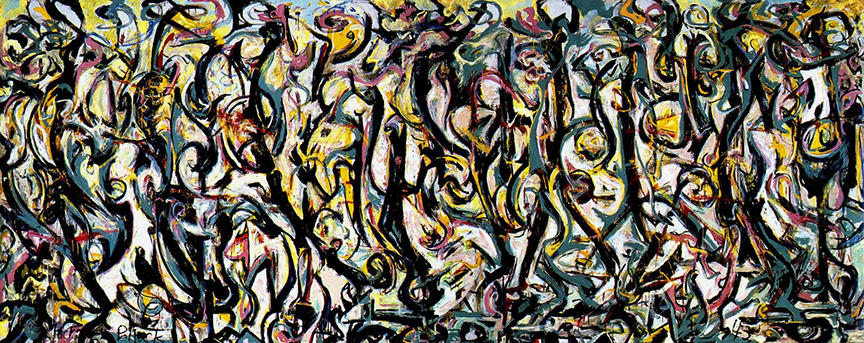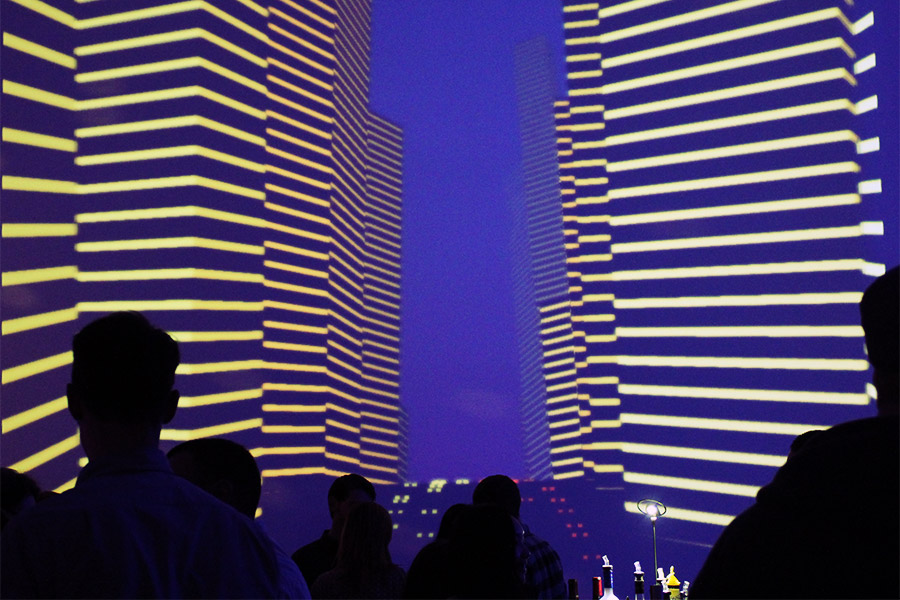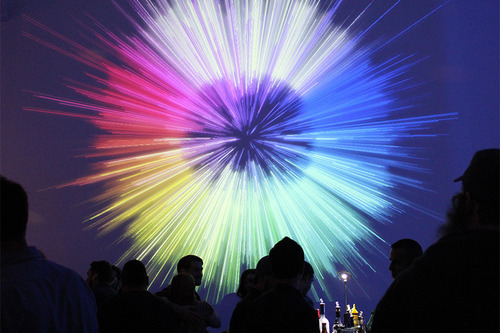Could 3D interfaces make it possible for people with eye problems to see in three dimensions? James Blaha has strabismus or “cross-eye,” which means that his brain ignores input from his non-dominant eye. By creating a game that forces your eyes to work together, he hopes to offer a therapeutic virtual-reality solution that makes it fun for people to overcome their amblyopia (lazy eye) and strabismus with games.
You can read more about James’ work in his guest post on designing Diplopia for the Oculus Rift, which he built using our Unity Demo Pack (update: now deprecated). Want to see more projects with the Oculus Rift and Leap Motion Controller? The Oculus Developer forums are a great place to explore how motion control and virtual reality can work together – from games to educational and therapeutic tools.
(Update: Diplopia is now Vivid Vision. As of April 2015, their debut product is rolling out to eye clinics throughout the US.)




